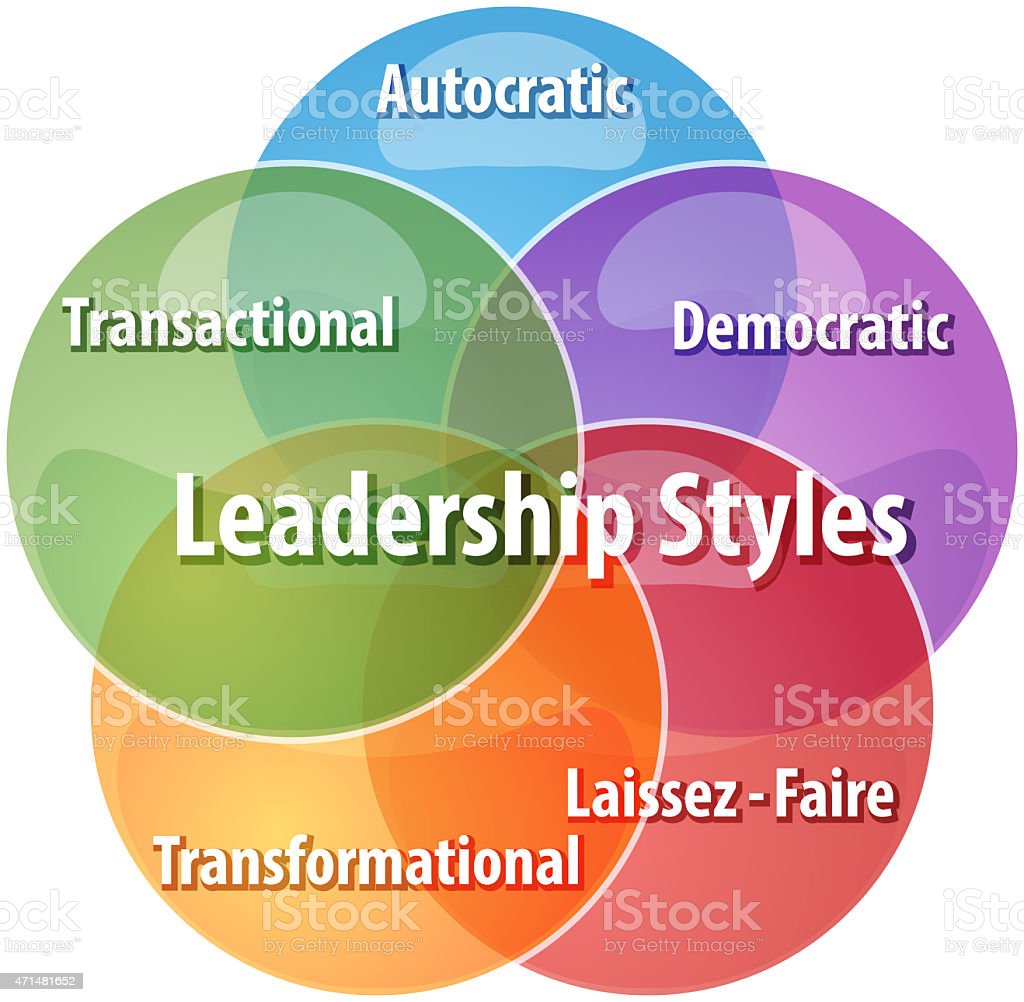Leadership Style
Every leader does not have an identical mindset or the same outlook. In the past, only a handful of leaders choose to use the carrot strategy. While a few choose to use the stick method. Therefore, all leaders aren’t getting tasks accomplish in the same way. Their approach is different. The style of leadership varies according to the type of people that the leader interacts with. A standard or perfect approach to leadership aids a leader in getting the maximum benefit from those around him.
The most important styles of leadership are:
Style of leadership that is autocratic. In this type of leadership, the leader has total control and authority over their team or employees. The team members are not allow to voice their own opinions. Even though they’re best for the organization’s interests or the interests of the team. They can’t criticize or doubt the method use by the leader to get things accomplish.
The leader is the one who gets tasks accomplish. The benefit of this type of leadership is that it allows for faster decision-making as well as greater efficiency under the direction of the leader. One of the drawbacks of this type of leadership includes more employee absence and turnover.
This leadership style is only effective for the situations when the manager is at most efficient at what they do. Or the task is untrain and repetitive, or if it is short-term and dangerous.
It is the Laissez Faire Leadership Style:
In this style, the leader completely trusts their team or employees to complete the work themselves. He only focuses on the rational aspects and does not emphasize the management phase of his works.
The employees and the team are encourage to voice their opinions and offer suggestions that are most beneficial for the interests of the organization. It only works when employees are competent, committed, trustworthy, and knowledgeable.
Democratic leadership style:
The leaders encourage team members to play an important role in the decision-making process. Though the last decision-making power stays with the leader.
The leader instructs the employees on what to do and how to complete the task. While, employees report to the leader what they have learned and their suggestions. The benefits of this type of approach to leadership are that it creates well-educated, motivated, and competent employees. It helps create a positive workplace and encourages the development of new ideas. This style of leadership is the only disadvantage that it can be time-consuming.
The bureaucratic managers strictly adhere to the guidelines and rules of the organization. They also ensure that their team adheres to the rules and procedures. Promotions are make under the employees’ capacity to adhere to the organizational rules.
This style of leadership changes as time passes. It is appropriate when safety and high-quality work are essential. However, this style of leadership discourages the creativity of employees and doesn’t make employees feel self-satisfied.



